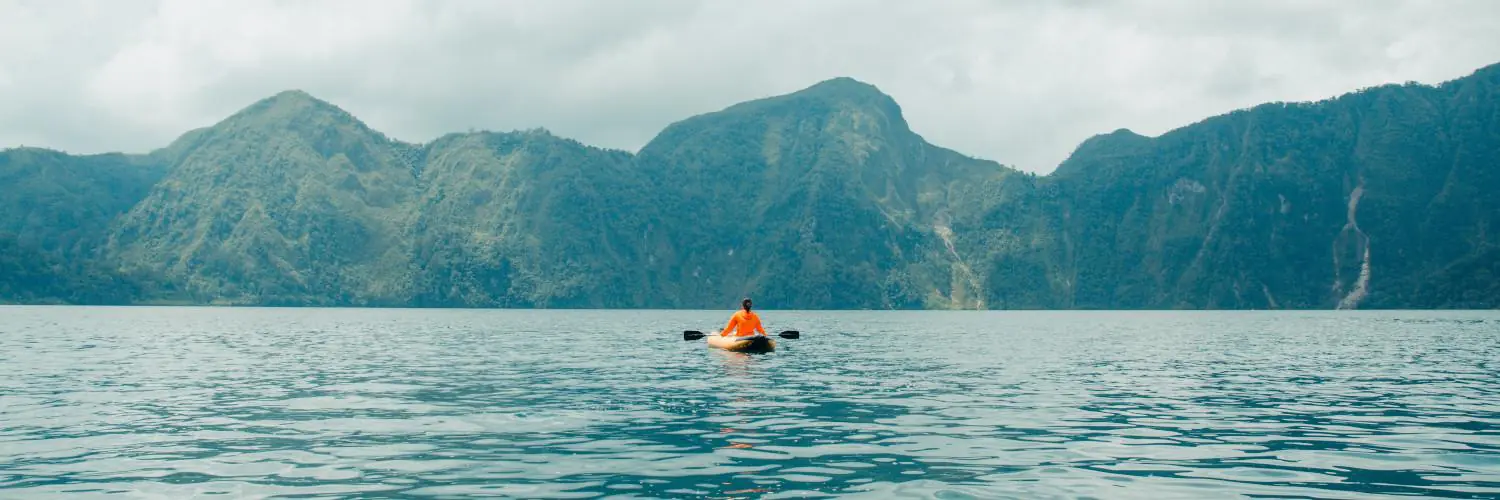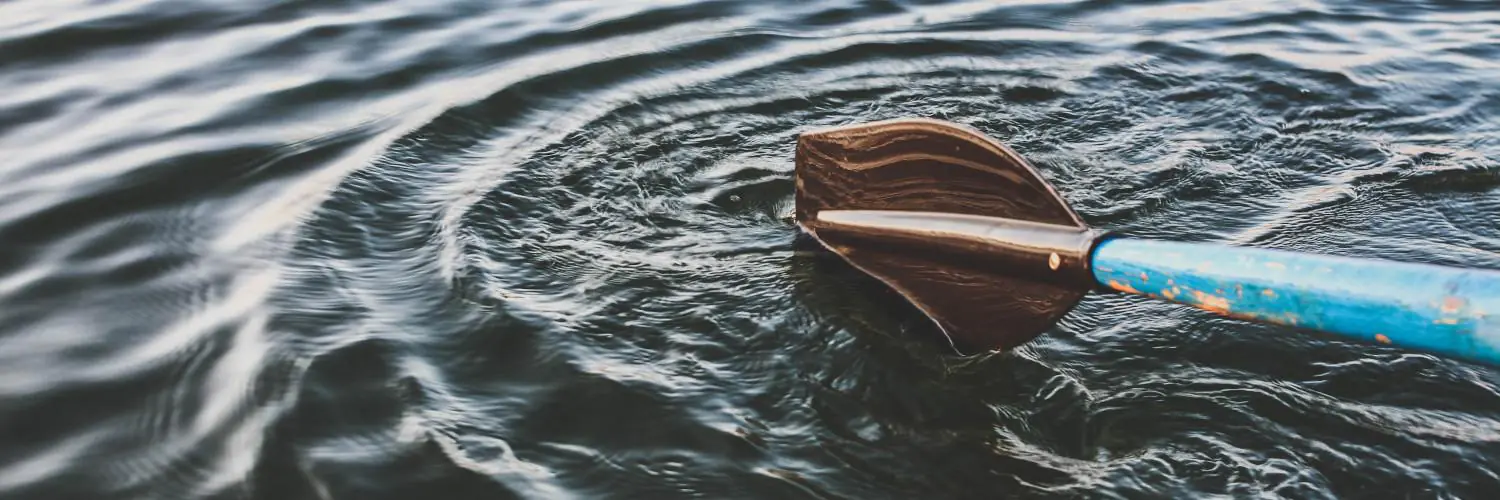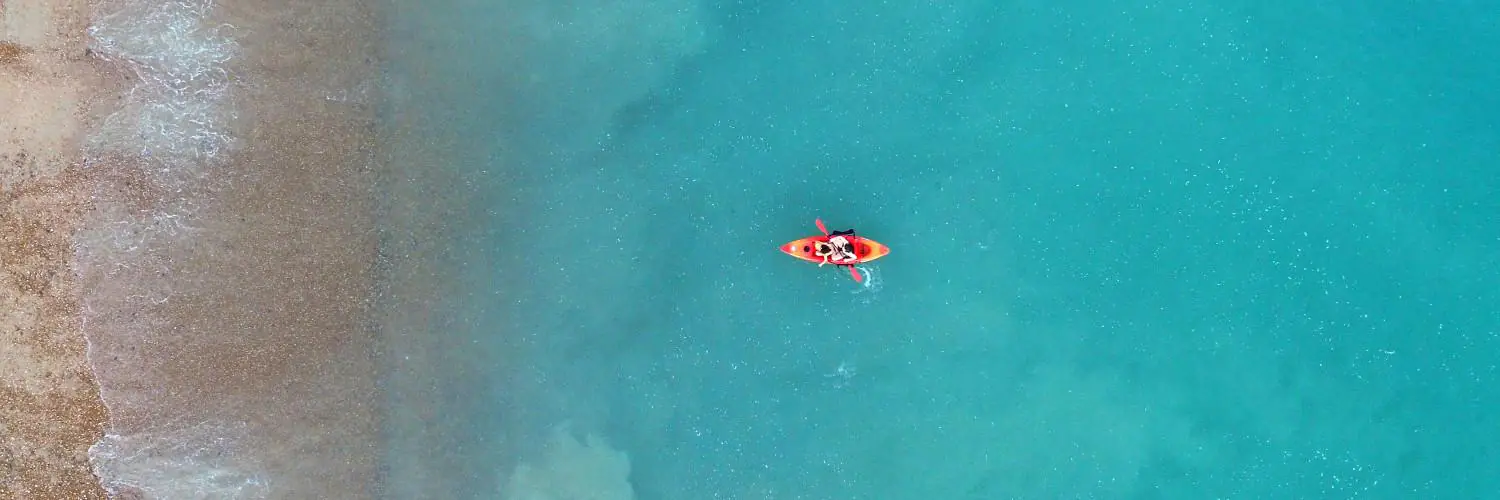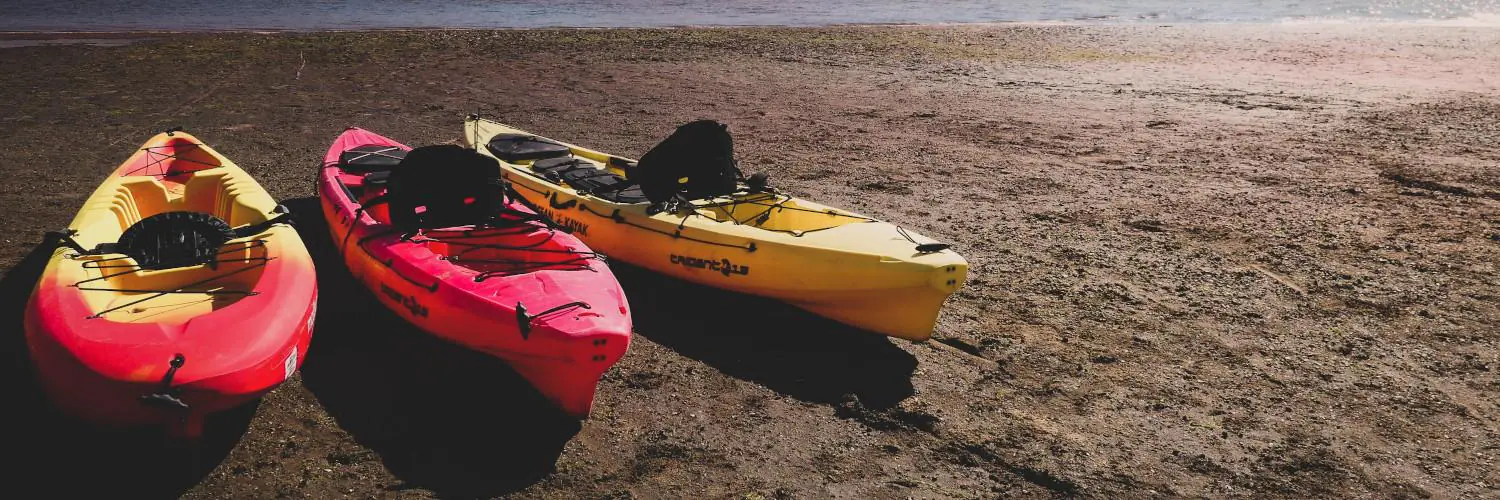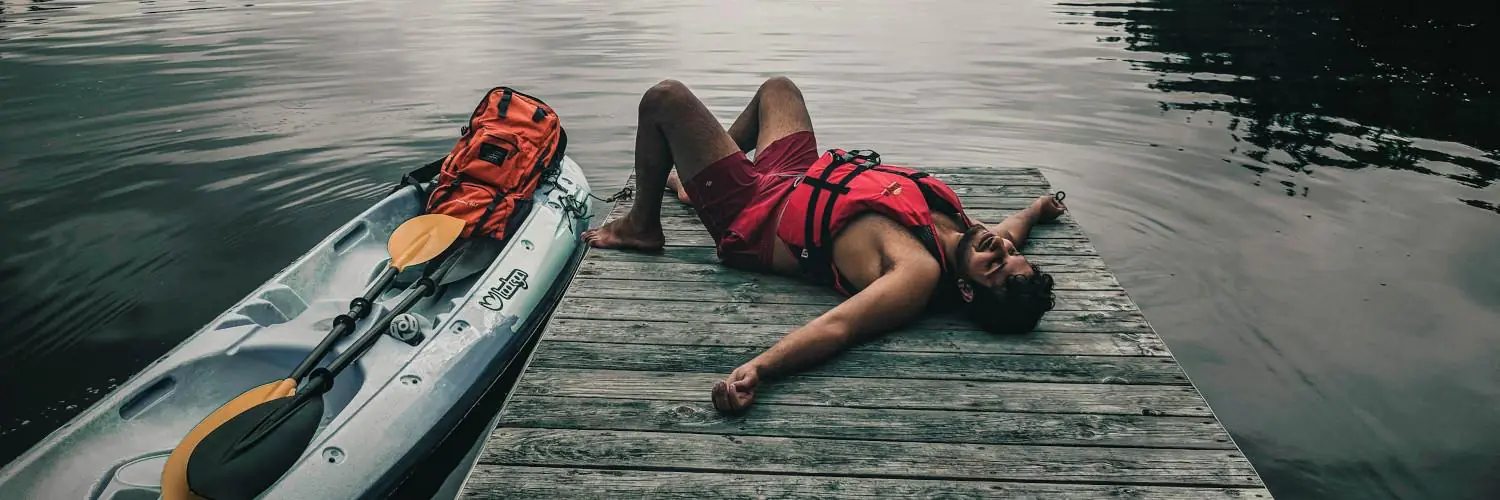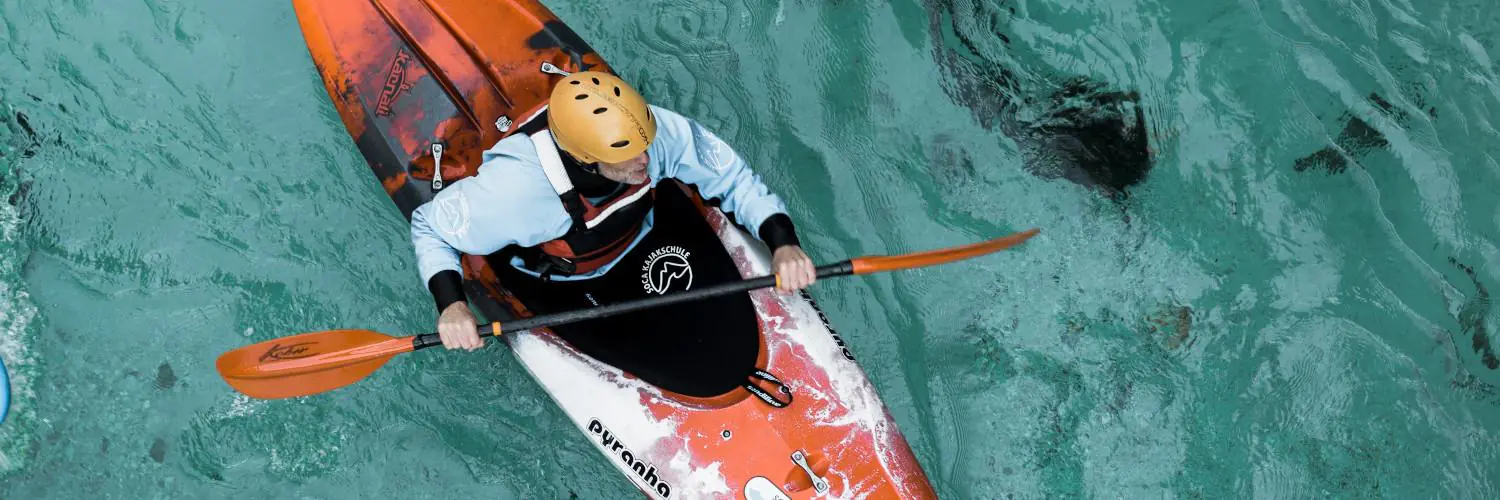Bioluminescence kayaking offers a magical experience on the water at night. Paddlers glide through glowing waves created by tiny organisms called dinoflagellates. These microscopic plankton light up when disturbed, leaving trails of blue-green light in the water.
Bioluminescence kayaking lets people see nature’s light show up close as they paddle through waters filled with glowing microorganisms. The glow is brightest on dark nights with little moonlight. Popular spots for this activity include parts of Florida, Puerto Rico, and Costa Rica.
Kayakers often see fish and other marine life outlined in light as they move through the water. The experience can feel otherworldly, like floating through a sea of stars. Tours are available in many coastal areas during warmer months when bioluminescent organisms are most active.
Table of Contents
Understanding Bioluminescence
Bioluminescence is a natural light show that occurs in some marine environments. It’s caused by tiny organisms that produce and emit light.
The Science of Bioluminescence
Bioluminescence happens when certain chemicals mix with oxygen. Two key substances are involved: luciferin and luciferase. Luciferin is a light-producing compound. Luciferase is an enzyme that speeds up the chemical reaction.
When these chemicals combine with oxygen, they release energy in the form of light. This process is very efficient. Almost all the energy turns into light, with little wasted as heat.
Different organisms use different types of luciferins. This leads to variations in the color and intensity of the light produced.
Bioluminescent Organisms
Many sea creatures can make their own light. The most common are tiny plankton called dinoflagellates. These single-celled organisms light up when disturbed.
Comb jellies are another type of bioluminescent creature. They produce a blue-green glow along their comb rows.
Some types of fish, squid, and bacteria can also create light. Each species has its own reason for glowing:
- To attract mates
- To confuse predators
- To lure prey
- To communicate with others of their kind
Bioluminescent plankton are the stars of most kayaking tours. They create a magical, glowing effect in the water as kayaks move through it.
Bioluminescence Kayaking Explained
Bioluminescence kayaking offers a magical experience on the water. It combines nighttime paddling with nature’s light show for a unique adventure.
What Is Bioluminescent Kayaking?
Bioluminescent kayaking involves paddling through water that glows at night. This glow comes from tiny organisms called dinoflagellates. When disturbed, they make light as a defense.
Kayakers see blue-green sparkles in the water with each paddle stroke. Fish swimming by leave glowing trails. The experience is like moving through a galaxy of stars.
Many tours use clear kayaks to enhance viewing. Popular spots include Florida’s Mosquito Lagoon and Costa Rica’s Gulf of Nicoya. The best time is often during warmer months and on moonless nights.
The Appeal of Bioluminescence Kayaking
Bioluminescence kayaking attracts nature lovers and thrill-seekers alike. It offers a rare chance to see a natural phenomenon up close.
The peaceful nighttime setting adds to the magic. Kayakers enjoy the quiet of nature with an otherworldly light show. It’s a mix of relaxation and wonder.
This activity is good for all ages. It doesn’t require special skills beyond basic kayaking. Tours often include guides who share info about the glowing creatures and local ecosystem.
Many find it a memorable and photo-worthy experience. It’s a way to connect with nature in a unique, glowing environment.
Prime Locations for Bioluminescence Kayaking
Florida offers several top spots for experiencing the magical glow of bioluminescence while kayaking. These locations feature unique characteristics that make them ideal for witnessing this natural phenomenon.
Hotspots in Florida
Cocoa Beach is a prime area for bioluminescent kayaking. The Indian River Lagoon, located nearby, is known for its glowing waters. Merritt Island National Wildlife Refuge provides protected areas where paddlers can see the blue-green light.
The Banana River and Mosquito Lagoon are also popular spots. These waterways offer calm conditions perfect for nighttime kayaking. Tampa Bay has some bioluminescent activity, though it’s less intense than other Florida locations.
Haulover Canal, part of the Space Coast region, is another great option. This area connects Mosquito Lagoon to the Indian River, creating a unique ecosystem for bioluminescent organisms.
Unique Features of Each Location
The Indian River Lagoon system spans 156 miles along Florida’s east coast. It’s home to over 800 marine species, including the bioluminescent dinoflagellates that create the glowing effect.
Merritt Island National Wildlife Refuge offers guided tours. These trips often include information about local wildlife and ecosystems. The refuge’s dark skies make it easier to see the bioluminescence.
Mosquito Lagoon is known for its clear, shallow waters. This makes it easier to spot fish and other marine life lit up by the glowing organisms. Brevard County, which includes many of these locations, is often called the “Space Coast” due to its proximity to Kennedy Space Center.
Best Times and Conditions for Kayaking
The best times for bioluminescent kayaking depend on several factors. Knowing when to go can make your trip more magical and memorable.
Seasonal Patterns
Bioluminescent kayaking is often best from May to November. Summer months like July, August, and September are peak times. The water is warmer then, which brings out more glowing plankton. Some places have good conditions year-round, but winter months can be chilly.
In many spots, tours run from July to October. This is when the water temperature and plankton levels are just right. Planning a trip during these months gives you the best chance to see bright blue glows in the water.
Impact of Weather and Moonlight
Dark, clear nights are ideal for seeing bioluminescence. A new moon offers the darkest skies, making the glowing effects more visible. Avoid bright moonlit nights or times with lots of clouds.
Light pollution can dim the show, so pick spots away from city lights. Calm waters work best – windy nights can make it harder to see the glow. Some tour companies only go out when conditions are right.
Sunset kayaking can be a good start, but wait until it’s fully dark for the best views. Most tours begin around 9 PM when it’s dark enough to see the glow clearly.
Planning Your Bioluminescence Kayaking Adventure
Getting ready for a bioluminescent kayaking trip takes some preparation. Picking the right tour company, knowing what to expect, and following safety tips can make your experience magical and eco-friendly.
Choosing a Tour Company
Look for tour operators with good reviews and safety records. Companies like BK Adventure and A Day Away Kayak Tours offer guided trips in Florida. Get Up and Go Kayaking provides clear kayaks for a unique view.
Check if the company follows eco-friendly practices. Ask about group sizes and trip length. Some tours last 1-2 hours, while others may be longer.
Make sure they provide all needed gear. This usually includes kayaks, paddles, and life vests. Some may offer dry bags for your belongings.
What to Expect on Your Kayak Tour
Most tours start after dark, often around 9 PM. You’ll get a safety briefing and paddling instructions before launching.
Guides will lead you to spots with the best glow. The water lights up as you paddle, creating a blue-green trail. You might see glowing fish or other marine life.
Tours often go through mangrove forests or lagoons. Some trips near Kennedy Space Center offer views of the launch pads.
Conservation and Safety Tips
Wear clothes that can get wet. Bring bug spray and water. Don’t use flash photography – it can ruin night vision.
Paddle gently to avoid hurting marine life. Many tours happen in protected areas like Merritt Island Wildlife Refuge.
Listen to your guide’s instructions. They know how to keep you safe and protect the environment. Stay with the group and don’t wander off.
Don’t touch the glowing organisms. They’re delicate and need to be left alone. Take only photos and memories, leave only ripples.

